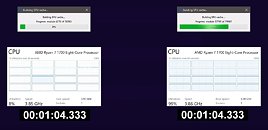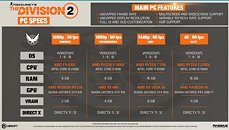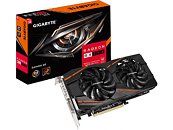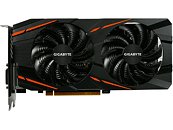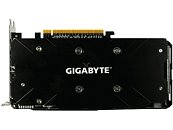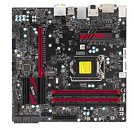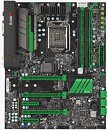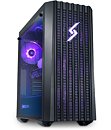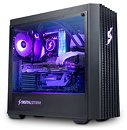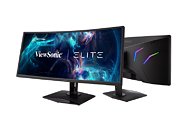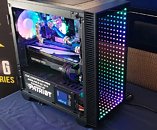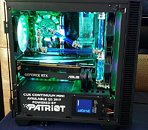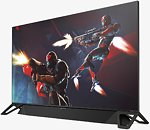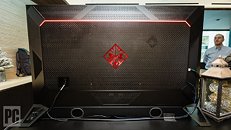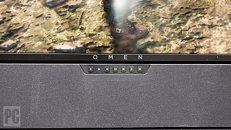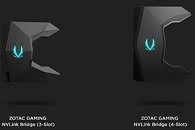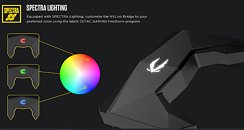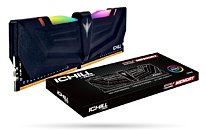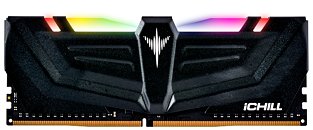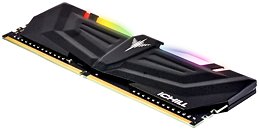
NVIDIA to Flesh out Lower Graphics Card Segment with GeForce GTX 1650 Ti
It seems NVIDIA's partners are gearing up for yet another launch, sometime after the GTX 1650 finally becomes available. ECC Listings have made it clear that partners are working on another TU117 variant, with improved performance, sitting between the GTX 1650 and the GTX 1660, which will should bring the fight to AMD's Radeon RX 580. Of course, with the GTX 1660 sitting pretty at a $219 price, this leaves anywhere between the GTX 1650's $149 and the GTX 1660's $229 for the GTX 1650 Ti to fill. With the GTX 1660 being an average of 13% faster than the RX 580, it makes sense for NVIDIA to look for another SKU to cover that large pricing gap between the 1650 and the 1660.
It's speculated that the GeForce GTX 1650 could feature 1024 CUDA Cores, 32 ROPs and 64 TMUs. These should be paired with the same 4 GB GDDR5 VRAM running across a 128-bit bus at the same 8000 MHz effective clock speeds as the GTX 1650, delivering a bandwidth of 128 GB/s. Should NVIDIA be able to pull the feat of keeping the same 75W TDP between its Ti and non-Ti GTX 1650 (as it did with the GTX 1660), that could mean that a 75 W graphics card would be contending with AMD's 185 W RX 580 - a mean, green feet in the power efficiency arena. A number of SKUs for the GTX 1650 Ti have been leaked on ASUS' side of the field, which you can find after the break.
It's speculated that the GeForce GTX 1650 could feature 1024 CUDA Cores, 32 ROPs and 64 TMUs. These should be paired with the same 4 GB GDDR5 VRAM running across a 128-bit bus at the same 8000 MHz effective clock speeds as the GTX 1650, delivering a bandwidth of 128 GB/s. Should NVIDIA be able to pull the feat of keeping the same 75W TDP between its Ti and non-Ti GTX 1650 (as it did with the GTX 1660), that could mean that a 75 W graphics card would be contending with AMD's 185 W RX 580 - a mean, green feet in the power efficiency arena. A number of SKUs for the GTX 1650 Ti have been leaked on ASUS' side of the field, which you can find after the break.







